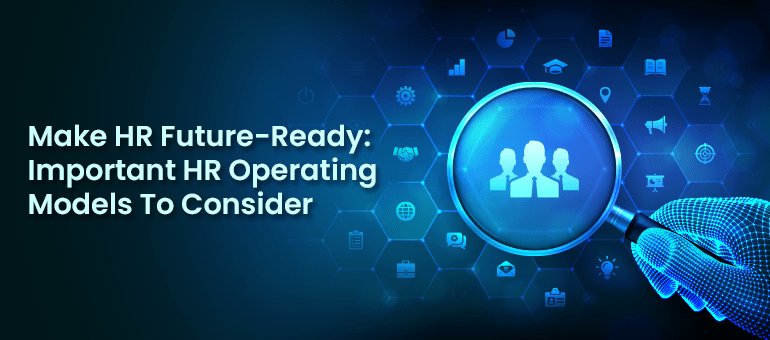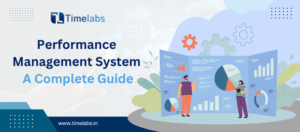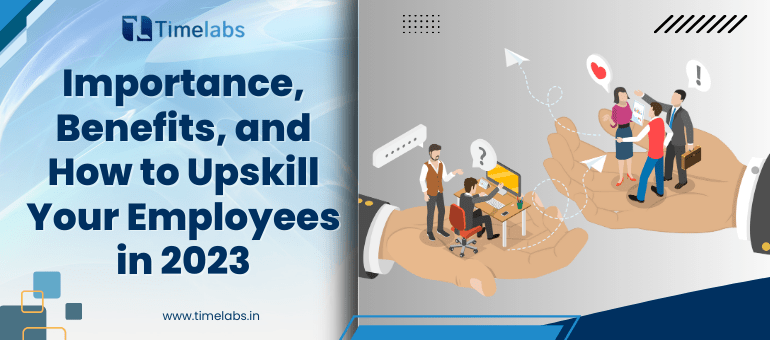HR’s potential impact on an organization’s expansion in the modern digital era is far more than was once thought. Businesses today rely on the “brain” of their employees more than ever, and this “intellectual capital” is the company’s most valuable asset. Human resource is no longer just the department managing employees or administering company policies; instead, it’s a strategic unit integral to any company’s chance of success in an era of constant technological change. Establishing a reliable HR operating model is essential for HR departments that strive for excellence in service delivery.
HR Operating Model: Overview
An HR operational model defines how human resources are structured to provide services. It details the HR department’s structure, key roles and responsibilities, tools and procedures, and KPIs that matter most. The concept is identical to a human resources delivery model or HR architecture. Any business, no matter how big or small, can benefit from adopting an HR operating model.
Top 3 HR Operating Models For The Future
Functional HR Operating Model
In a functional operational model, human resources are structured according to several specializations, such as recruitment, training, pay, and training. This approach is most prevalent in smaller, centralized, and functional companies.
Front-back Delivery Model
When it comes to key components like business partners, common services, and centers of expertise, the front-to-back delivery model is not dissimilar to its business partner counterpart. However, by employing distinct approaches across product lines, this model permits greater scope for regional adaptation. Although a centralized system of technology supports all of an organization’s lines of business, local requirements may necessitate the existence of other systems.
Federated Model
To run human resources, the federated approach is completely decentralized. It functions as a series of autonomous HR divisions within a given region or business unit. HR strategies, technologies, and services may or may not be unified. Decentralization of service provision is emphasized in this approach, with HR primarily playing a coordinating role within the corporation.
HR Operating Model Best Practices
Several guidelines have been developed to increase the success rate of establishing an HR operating model.
Follow Business Strategy
It’s never a good idea to develop an HR operating model alone. The most efficient operational model considers the company’s current state and its long-term goals for its workforce. A centralized functional model is not as successful for a highly decentralized group with many separate businesses that each develop their own personnel strategy, but a federated model can help.
Do It Together
The process of selecting and adopting a new target operating model is lengthy and calls for in-depth communication, project management, and training on the part of all stakeholders. The most successful businesses collaborate with consultants to build and implement such models.
Map Critical Capabilities
Identifying the skills necessary to implement an operational model is crucial to its success. If you want to include a strategic business collaborator in your model, you’ll need to hire knowledgeable experts who can discuss trade with the company on high-level issues. Unfortunately, many poor operating models can be traced back to businesses failing to properly map the capabilities needed to carry out their desired mode of operation.
Empower the Company’s Operative Model
It is a common blunder for businesses to neglect enabling the company on the desired operating model. When transitioning to a new business model, it is common for titles, duties, and even job descriptions to be reshuffled. Before these may be useful, they must be widely disseminated and comprehended.
Do Not Mix Up Reporting Structure With the Operational Model
Organizations often reorganize their reporting structures as new positions are formed or as team members come and go. Changing the reporting line is not the same as changing the operating model, which is a fundamental shift in how the HR model provides services and should not be implemented without carefully considering the resources necessary to implement the change.
Summing Up
Human resources operational models are intricate. If HR uses a successful model, it can implement the company’s people strategy and reap the full benefits. However, the optimal model will change based on the specifics of each business.



